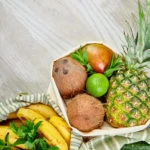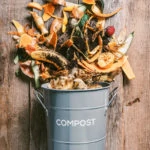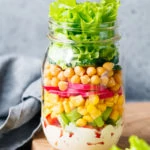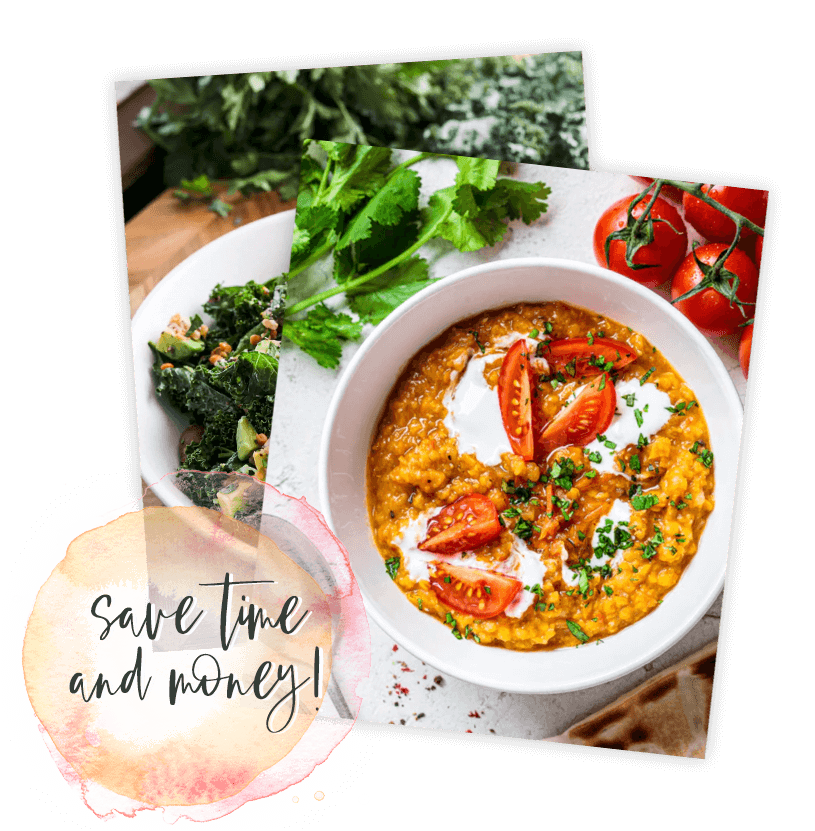Eco Friendly Kitchen: 25 Easy Tips For Sustainable Living
If you’re wondering how can we be more sustainable in 2023, and inspired to create an eco friendly kitchen, we’re making sustainable living easy with these practical tips. Plus, we discuss what are the most sustainable foods!
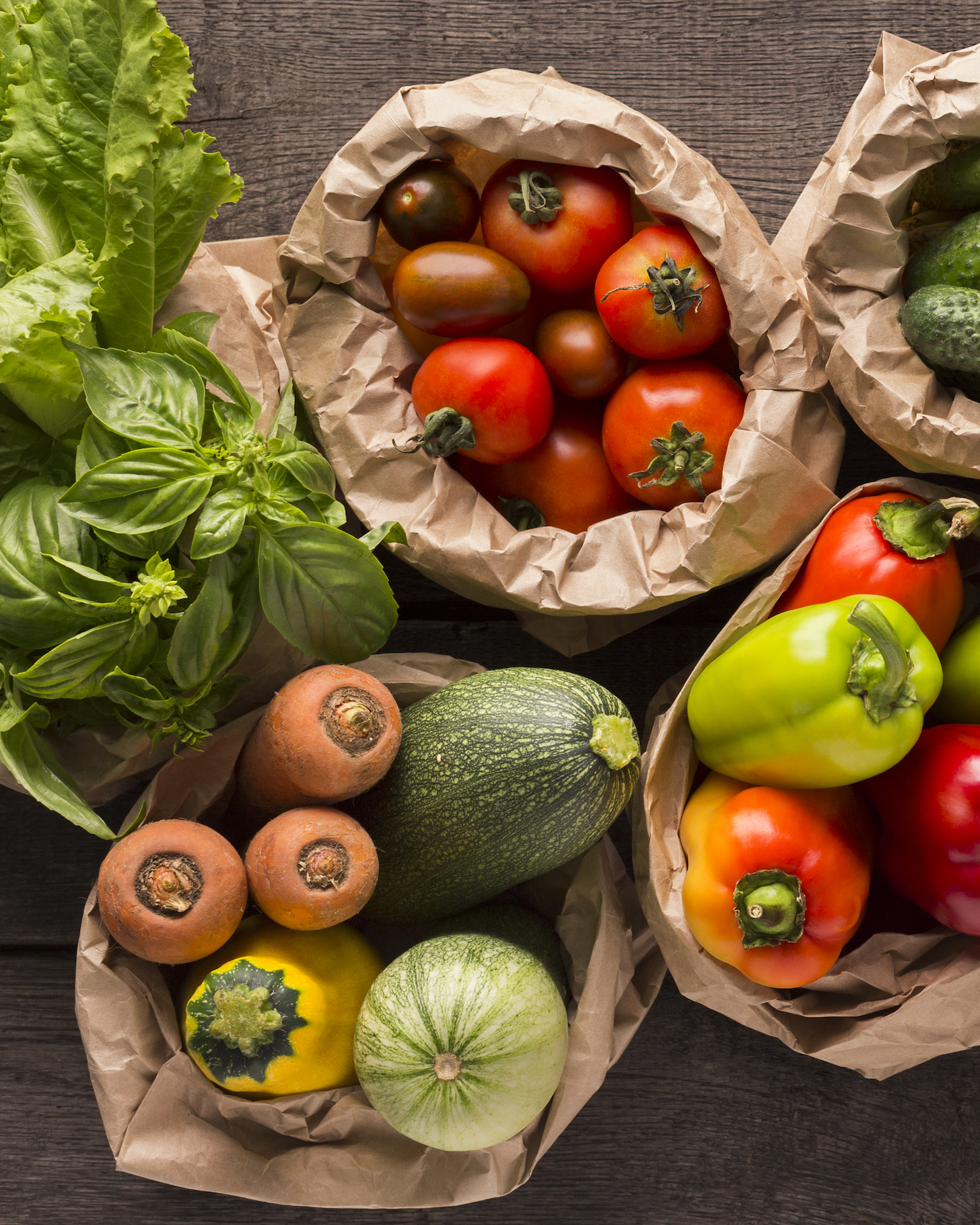
What is sustainable living?
Sustainable living entails making lifestyle choices that are healthy for us and our environment. This means not choosing a product that is manufactured with materials that don’t promote sustainability, and adapting to mindful consumption habits. As a registered dietitian and mum of three, I truly believe we can play a part in creating a healthy and vibrant planet for ourselves and future generations.During our journey towards a green kitchen, we’ve committed to a series of intentional actions over months. This is to help build important key habits. It hasn’t always been easy, nor have we lived a sustainable lifestyle all our lives. Naturally, there have been times when we’ve forgotten to unplug our power cords or left the water running a bit too long. The idea is to cut yourself some slack, build momentum and make sustainable habits stick.
Simple ways to achieve an eco friendly kitchen
To make sustainable living more accessible, I’ve created a list of 25 tips to help you live a greener and happier kitchen life, so playing chef is an even more enjoyable experience!
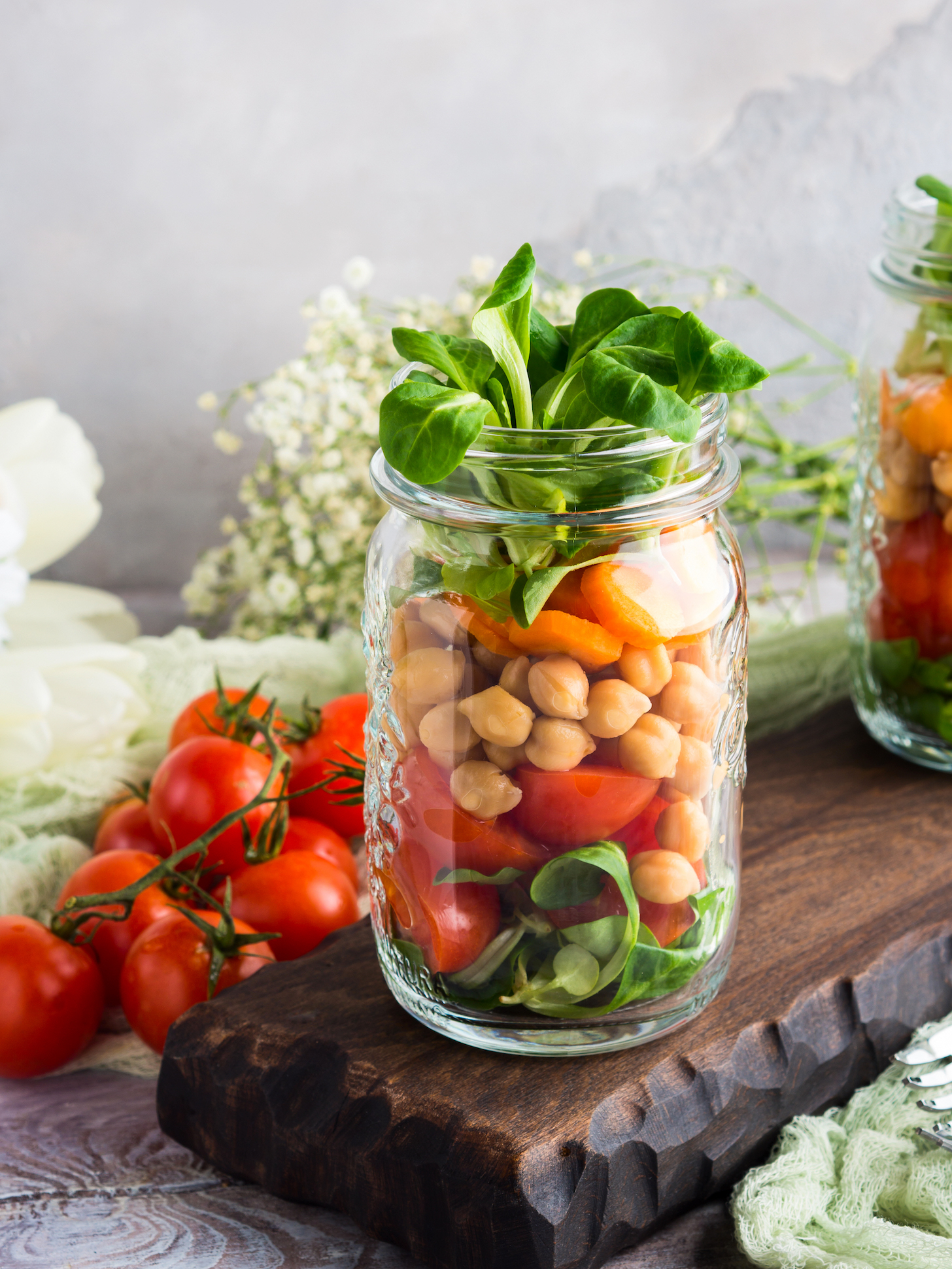
1. Love your leftovers:
It is important to treat food waste as potential ingredients. Did you know, aquafaba (chickpea water) can be transformed into an amazing coconut strawberry mousse?!
2. Shop little and shop often:
A lot of waste comes from doing big shops and putting two-for-one “bargains” in the trolley, rather than planning meals and grocery trips in advance. This is where batch cooking and intentional shopping comes into play. If you’re struggling with meal planning mayhem, I’ve created a collection of easy, mouthwatering recipes in advance; check out my meal plans for hassle-free shopping trips!
3. Avoid plastic and compost on the go:
Use washable metal straws instead of disposable plastic straws. Similarly, use reusable bottles and coffee mugs. You can also ditch your traditional bin-liners for newspapers! According to a new study, plastic in the ocean will triple by 2040 if we don’t take urgent and consistent action.
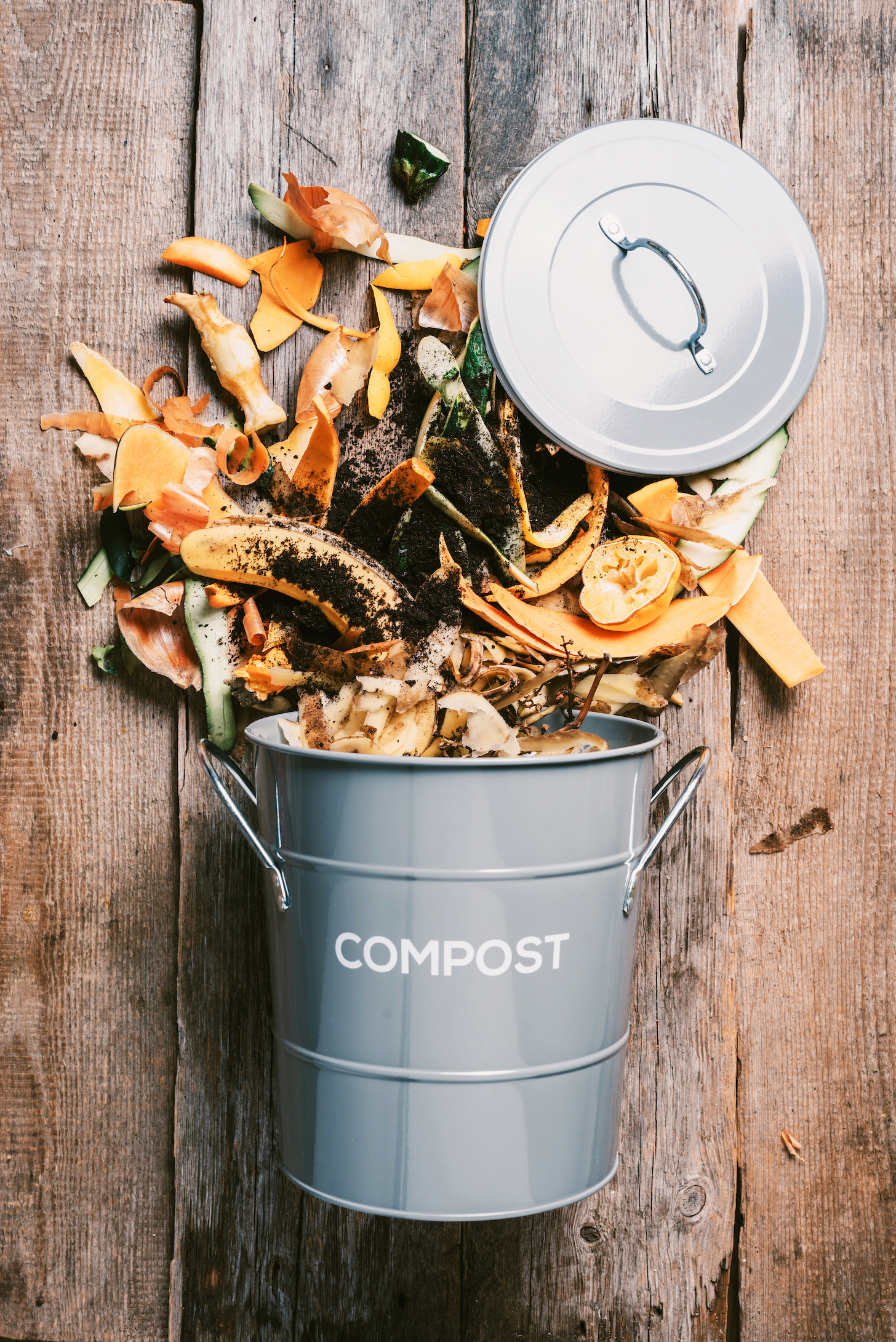
4. Shop local & support your farmers:
Buy fresh, local, seasonal and homegrown produce from farmer’s markets!
5. A pressure cooker takes off the pressure:
Invest in a pressure cooker and reduce your cooking time and energy use by 50 to 70%!
6. Buy in bulk — if you’re going to use it:
Bulk buying encourages us to use fewer plastic bags, reduce packaging waste, minimize transport pollution because of fewer trips to the supermarket and enjoy fresher products. However, the key is to use up all the produce you buy – so shop mindfully.
7. Use non-toxic kitchen cleaning products:
There are plenty of natural cleaning companies producing non-toxic, biodegradable, plant-based detergents. You can always create your own cleaning products with vinegar and baking soda to make a great all-purpose, non-toxic cleaner! Learn how to green your cleaning routine with tips, from my friend, Candice Batista, from Eco Hub.

8. Seek products with minimal packaging:
Try and always look for products with minimal packaging, preferably with sustainable material. For example, do you need to use those little plastic bags at the supermarket for your produce?!
9. Buy wholesome instead of preserved and ultra-processed:
The more food products are preserved, aromatized or coloured, the more harmful additives they contain. As a result, they can also be poor in nutrients.
10. Donate unused food items:
Don’t overstock your pantry. If there are unused food items that may not be used within their expiration date, then it is wiser to donate them. Say no to hoarding!
11. Use reusable plastic bags:
Purchase a reusable plastic bag — such as ones made of recycled plastic or nylon. Not only will you save money, but reusable plastic bags also reduce the amount of non-renewable resources necessary to produce plastic bags.
According to the Danish Environmental Protection Agency, your cotton tote bag may be reusable but it takes a considerable amount of energy to produce it – here we’re talking about the high level of energy used to produce the cotton yarn as well as the amount of fertilizer and water used during the growth of that cotton. Bear in mind, the Danish researchers – in their report – did not consider the harm plastic does to the natural world when it’s thrown away.
I think the discussion around plastic use is complex. What’s needed is a unified and collaborative approach – from consumers, government, and businesses to reduce excessive plastic use. What I will say is if you choose plastic – just don’t throw it away after a single-use.
12. Don’t wrap fruits and veggies in plastic:
While we’re on the topic of plastic, another way to cut back on single-use waste is by skipping out on plastic bags kept in the produce section for wrapping. Vegetables often come wrapped in nature’s covering, followed by a rigorous process of washing, peeling, cutting, dicing and slicing. This eliminates the need to wrap them in additional plastic packaging. Fruit can be stored in recyclable containers, and brought with us for food shopping!
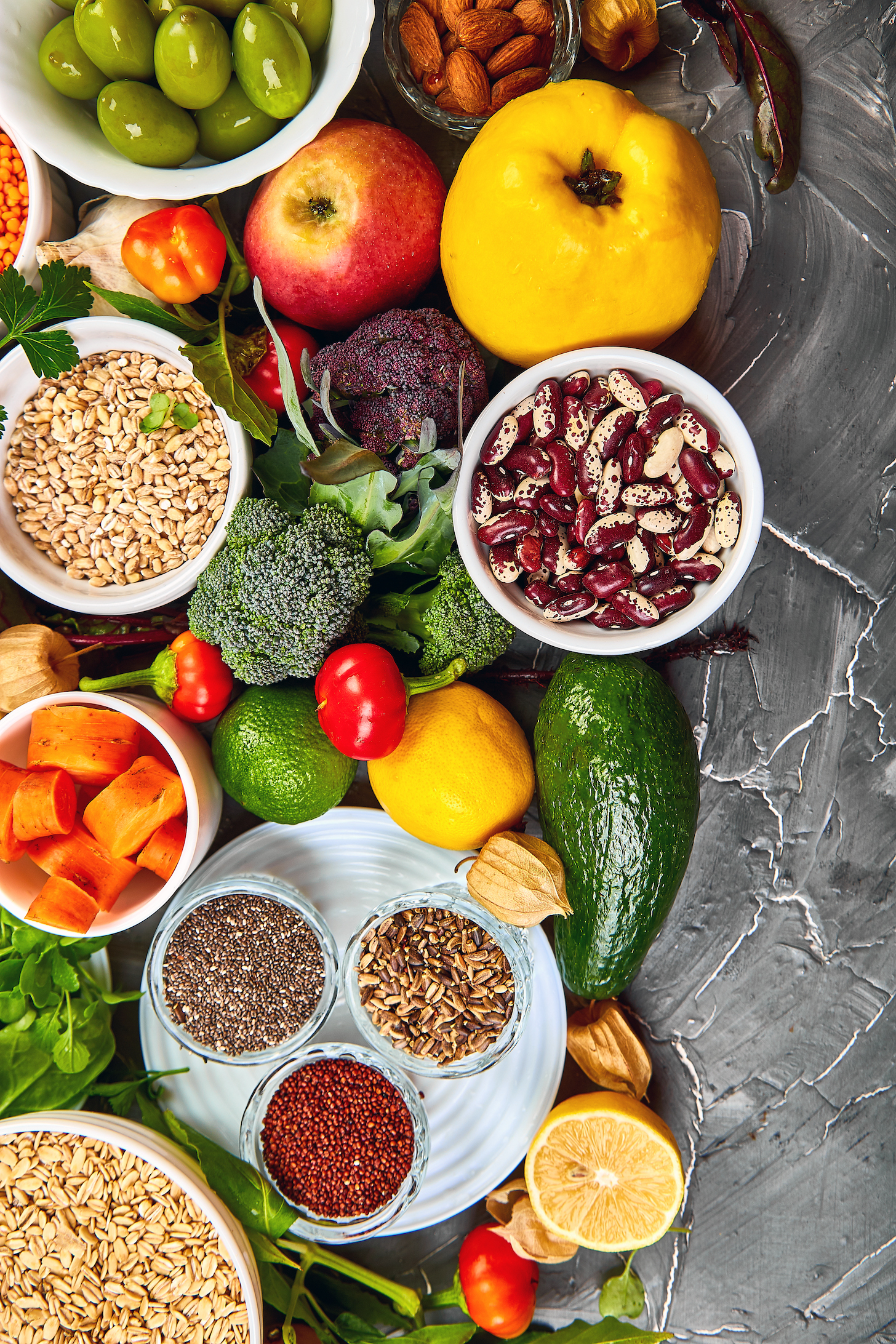
13. Shop seasonally:
Not only does seasonal food cost less, but it is also tastier and better for the environment, as it requires less artificial energy to grow.
14. Read the labels:
There are so many different certificates and logos that you can opt for, such as fair-trade, organic, etc., to make sure that the products you’re buying are good for the environment.
15. Buy eco-friendly dish soap:
The case for using environmentally friendly and more natural dish soap is pretty clear: harsh chemicals are not good for us or the planet. When soap goes down the drain, it seeps into our sewage system and waterways.
16. Invest in sustainable crockery:
Stainless steel pots, baking sheets, pans and flatware are a perfect way to stay sustainable in the kitchen as they act as brilliant heat conductors.
17. Use reusable dish towels:
Using a paper towel would create a lot of waste while wiping countertops every few seconds, especially with a job like mine! Therefore, I like to use cotton dishtowels that I can wash after a few uses.
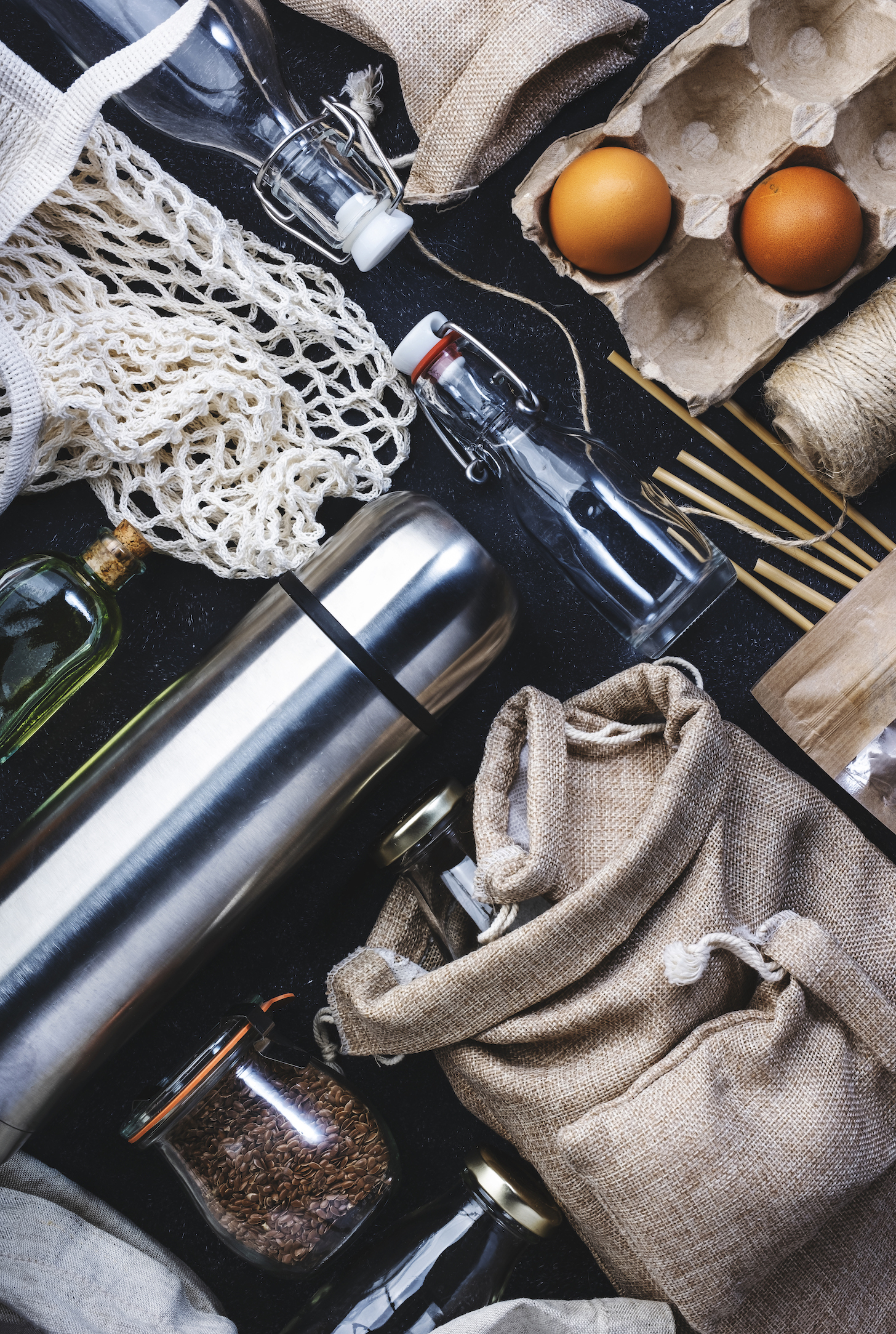
18. Say yes to recycling:
Most metallic items in the home can be recycled, such as empty spray cans and tin foil, as well as empty soda, fruit, vegetable and other food cans.
19. Grow sustainable food:
Grow your own herbs, fruit and vegetables – you don’t need a vegetable patch! Just a few pots around the house will be incredibly helpful.
20. Use natural air fresheners:
It is advisable to invest in air fresheners made from chemical-free, non-toxic products such as essential oils, in order to keep your kitchen free from toxins and allergens.
How to be more eco friendly
What are the most sustainable foods?
I am often asked about foods that are environmentally friendly! Almost all foods come with caveats of some kind, but there are clear choices that will make your diet eco-friendlier.
21. Legumes:
They have a very low carbon footprint. For example, the carbon footprint for lentils is 43 times less than beef, since they require little water to grow. They also clean and fortify soil to make it easier to grow other crops. Similarly, beans and chickpeas also have a remarkably low carbon and water footprint and are filled with fibre, protein, and nutrients.
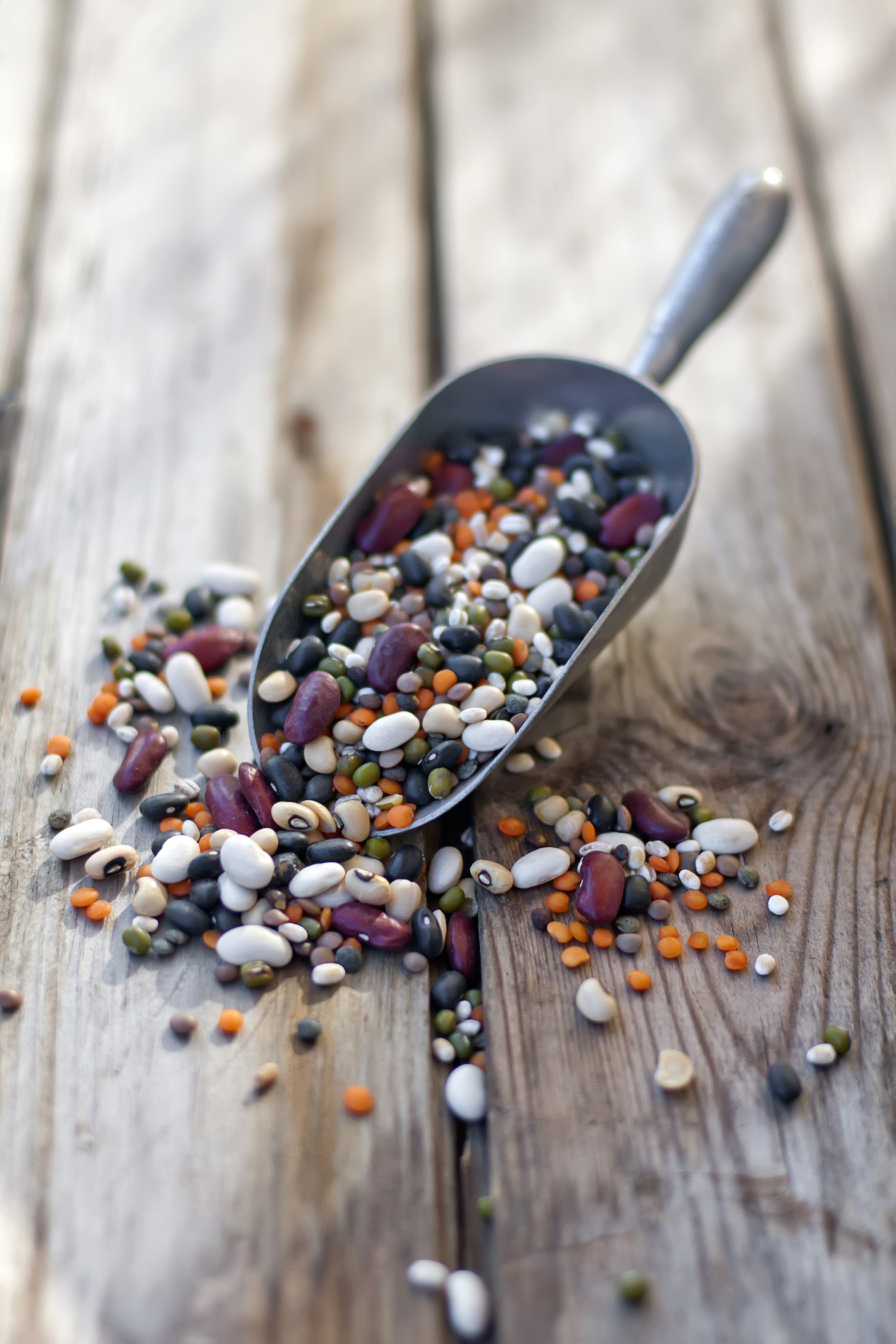
22. Figs:
There are more than 750 figs across the planet, and many of them act as linchpins in ecosystems. This is because their year-round growing habits provide a critical source of food for countless animals.
23. Tomatoes:
Another fantastic environmentally-friendly choice are tomatoes, with emissions of just 1.1kg of CO2 per kg. They’re super easy to grow at home and take up little space.
24. Sustainable fish and seafood
Buy from sellers that can clearly describe a fish’s origins and traceable seafood. Similarly, purchase certified sustainable fish and seafood. That ensures our oceans are healthy and full of life.
25. Store foods sustainably:
Avoid plastic jars and replace them with recyclable glass and mason jars to beautifully store your environmentally friendly food items!
By adopting these simple lifestyle changes, we can significantly reduce our carbon footprint and play our part in helping our planet.
Want more tips on sustainable living? Check out my YouTube video for more tips on how to be eco friendly!
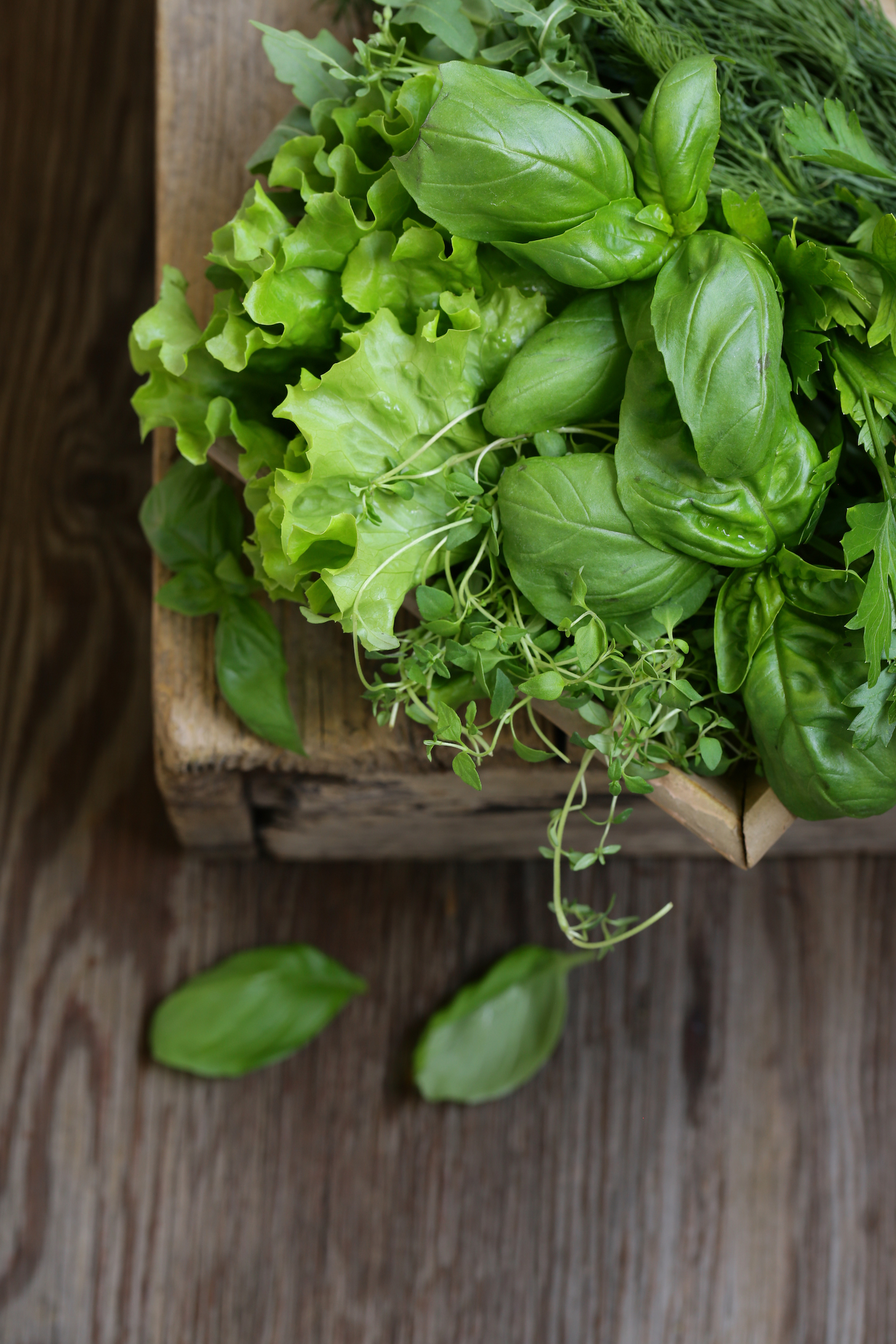
Subscribe to my newsletter for free recipes, nutrition tips and all the latest updates.
[products columns=”1″ skus=”VEGAN”]



